An entire hall has been allocated for its great importance. More than three years after its discovery, it has been treated as one of the most valuable collectibles in the world. It was realized then that it deserved an entire hall just as the world museums do concerning antiquities of great importance, such as Berlin Museum in Germany, which allocates an entire hall for Nefertiti Bust. Thus, hall 17 at the Coptic Museum was allocated for that rare antique piece.
They are hymns and carols to glorify the greatness, forgiveness and absolution of The Creator. Historians linked them to the name of David, although some historians linked them to poets of ancient Pharaonic times, and to hymns that had been chanted in their temples.

“Psalms” are hymns chanted by David with his wonderful voice, that God Ordered mountains and birds to chant after him. God Said in His holy book: “We bestowed Grace aforetime on David from ourselves: "O ye Mountains! Sing ye back the Praises of Allah with him! and ye birds (also)..” That is what Almighty God explained, saying: “it was Our power that made the hills and the birds celebrate Our praises, with David”.
Psalm.. is a Hebrew word used to mean the sound of fingers tapping on a musical instrument. Later, its meaning had become the sound of the "harp", until it has eventually been decided to mean anthem singing with the harp.

In 1984, the first complete version of the psalms had been found in the village of Madel, south of Beni Suef, in a cemetery dates back to early Christianity in the 4th century AD. It was placed under a child mummy, whose age was not more than 12 years old. The ancient Egyptians’ tradition had been to put the book of the dead under the heads of the mummies, indicating that ancient Pharaonic culture was still dominant then.
World news agencies reported that revelation was the greatest in the 20th century. They reported that it was as important as the discovery of Tutankhamun’s tomb. The Egyptian Antiquities Authority at the time, described it as the most important Coptic revelation in the second half of the 20th century. Even "Flip Halim Falts", the general director of the Coptic Museum, said it was the most important treasure in the Coptic Museum.
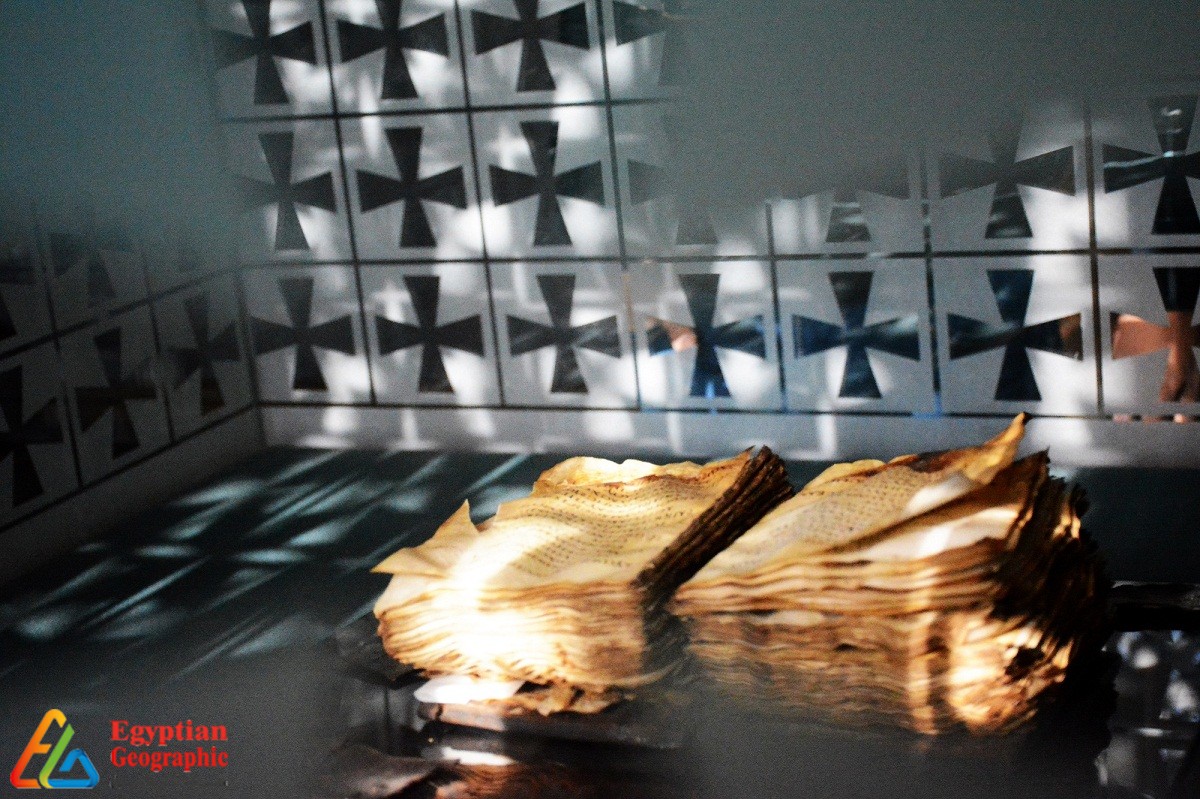
The treasure is a book that includes 31 scrolls, surrounded by twined linen. The weaving and embossing technique, with a quilted wooden cover and leather straps that are used to close the manuscript, refers to the progress in the 4th century AD. Also, they are the most important manuscripts that show writing on lines with punctuation. Each sheet is numbered, and every psalm starts with a bird, plant, or decorative drawings. They are also written on "parchment" made of calfskin, which is more smooth and solid than the rest of the animals’ skins.
One can observe that many papers of these ancient psalms cling to each other, due to the leakage of enzymes from the body of the tomb’s owner they were found in, and thus in need of restoration. Unfortunately, even after more than three centuries, no authority has restored this archaeological treasure yet.
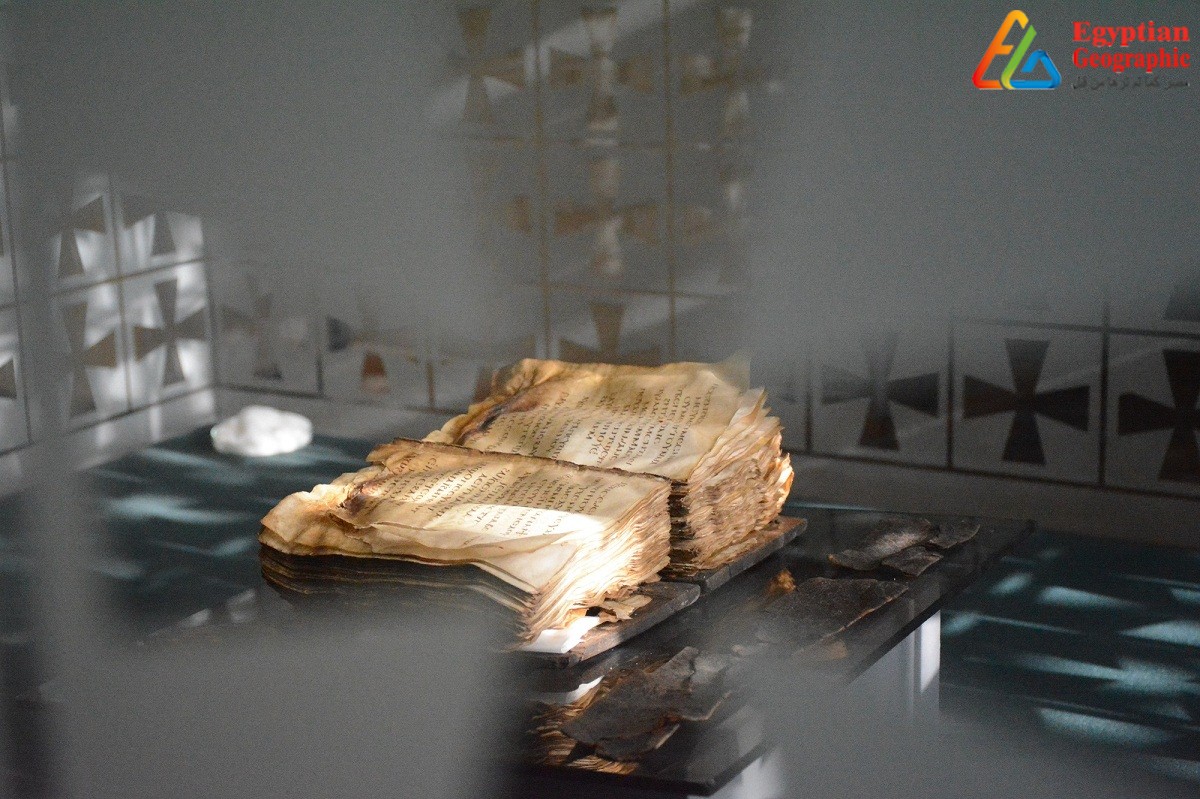
The manuscript includes 150 psalms. David wrote 73 psalms, i.e., more than 48% of them, and thus, it was attributed to him and bore his name. According to the Hebrew Bible, "The Old Testament", which includes all Jewish books including The Torah, David wrote Psalms 96 and 105. Furthermore, as mentioned in the second part of the Christian Bible known as the New Testament, which includes 27 books; the four Gospels namely the Gospel of Matthew, the Gospel of Mark, the Gospel of Luke, and the Gospel of John, David wrote Psalms 2 and 95.
According to the two Testaments, Asaph wrote 12 psalms including Psalm 73, and the sons of Korah, cousin of Moses and Aaron, wrote 10 psalms. King Solomon, son of David and the third king of unified Israel before its division, wrote Psalms 72 and 127. Furthermore, Moses wrote Psalm 90, in addition to 49 anonymous psalms, which are likely, wrote by David. Ezra gathered those psalms under the guidance of the “Holy Spirit” in one book. However, the Jews divided the book of Psalms into five books; each corresponds to one of the five books of Moses.
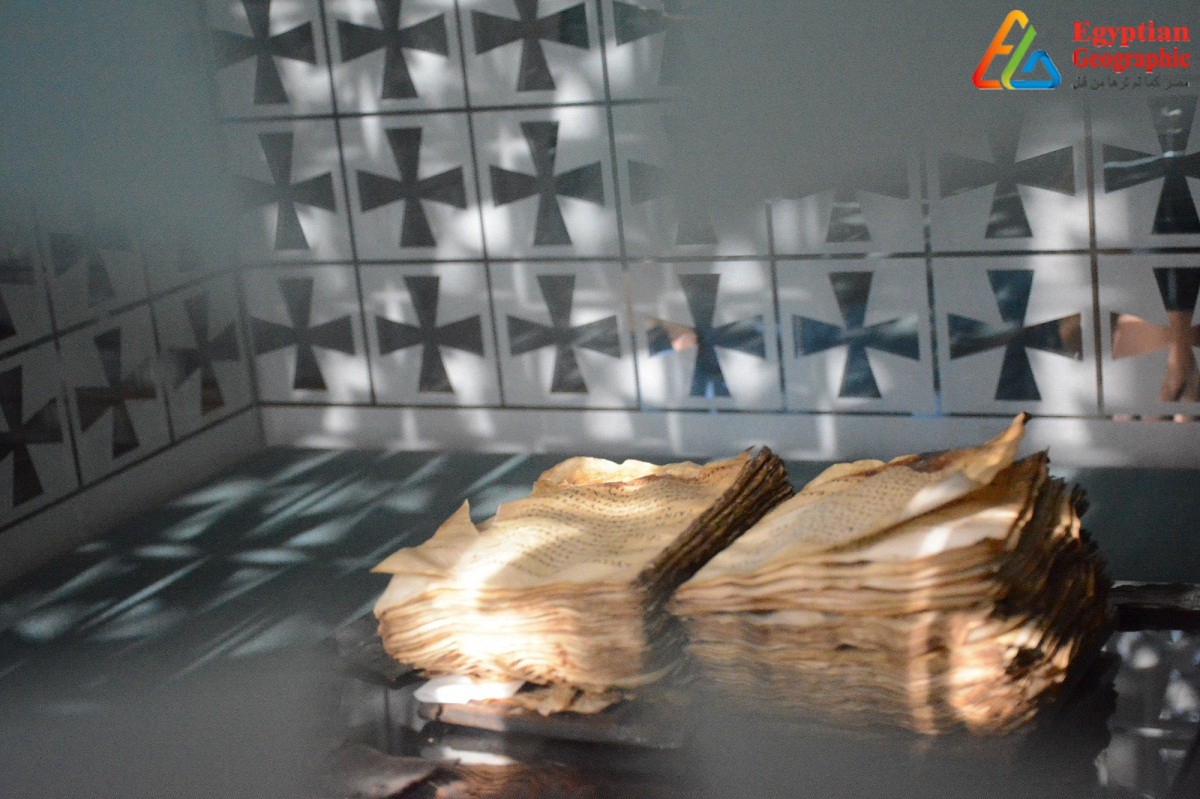
Eventually, “The Book of Psalms” is located in Hall 17 at the Coptic Museum, in Old Cairo within Babylon's fortress. It is described as the most important archaeological manuscript in the museum. Despite that the museum includes many other manuscripts of the Psalms of David, this version is put inside a special showcase because it is the oldest manuscript and the only complete one.
Papyrus rolls found in Tell el-Amarna revealed the full texts of more than a psalm of the Book of Psalms written in ancient hieroglyphs, and which preceded the Psalms of David written in Hebrew since more than 300 years. Together with historians from Berlin Museum, Egyptian Egyptologist, Selim Hassan, found three pages of Akhenaten's “The Great Hymn to the Aten” written to the sun-disk deity Aten, which were perfectly identical to those of the Books of the Torah, in spite of preceding the Psalms of David by more than seven centuries. They were inscribed on a right-side wall in Ay’s tomb at Tell el-Amarna, on 13 vertical columns at the entrance to the tomb.
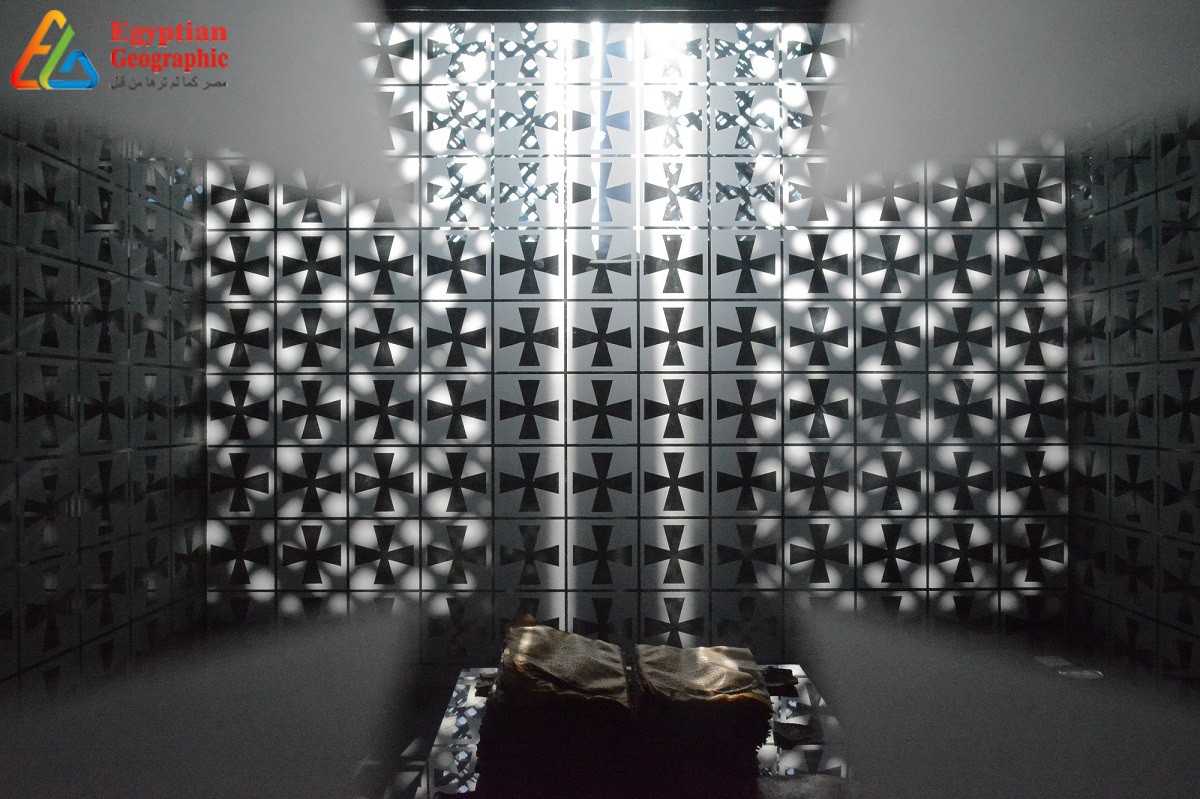
Curiously, American archaeologist and Egyptologist, James Henry Breasted, believes that Akhenaten's poem that dates back to the 14th century BC is quite similar to Psalm 104, and have its same order. Accordingly, some historians of ancient Egyptian literature believe that the monotheistic call advocated by Akhenaten of the 18th Dynasty of Egypt, was obliterated by priests of Amun. Priests of Amun had also urged the people to fight that call, fearing of the downfall of their faith, and thus, diminishing of their power in the country.
Historians of ancient Egyptian literature also believe that in the 10th century BC, four centuries after the spread of Akhenaten's call, the Jews followed the priests of Amun, and obliterated the remnants of Akhenaten’s faith. Accordingly, no one had known about his “One God Hymns”, until they were found in Tell el-Amarna. So, they add a new aspect to the Psalms of David and raise a new question: Had David been chanting ancient Pharaonic hymns, or did the anonymous 49 psalms belong to Akhenaten?

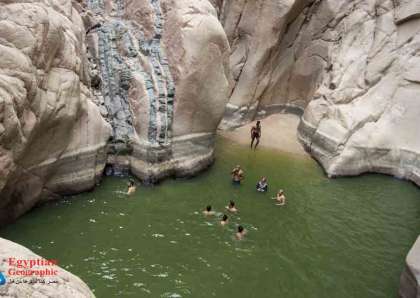


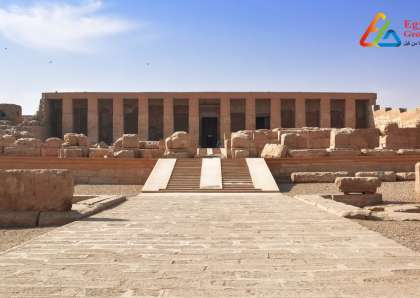
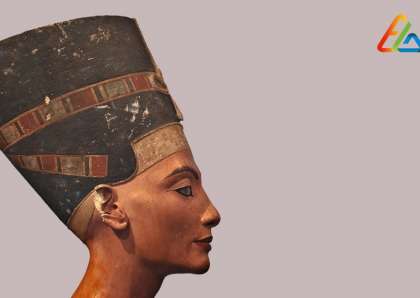
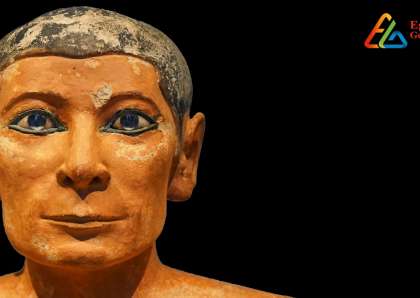
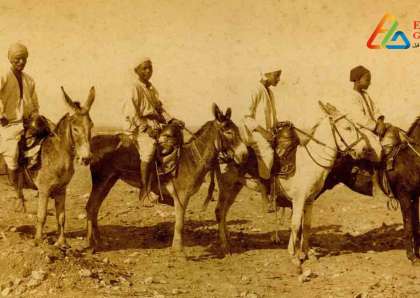
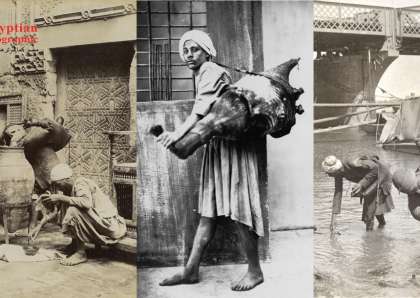
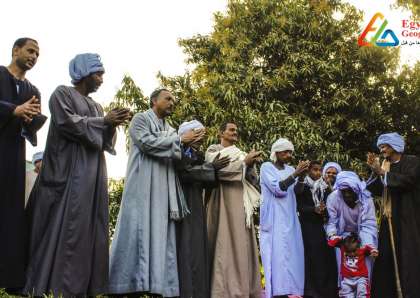
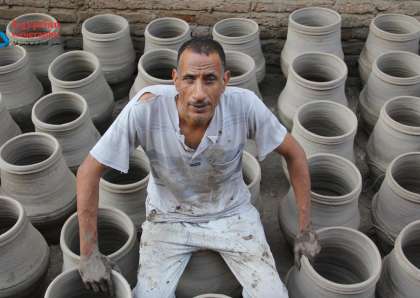






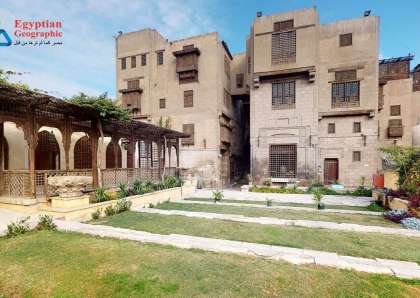
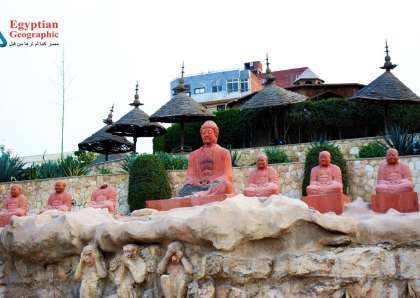
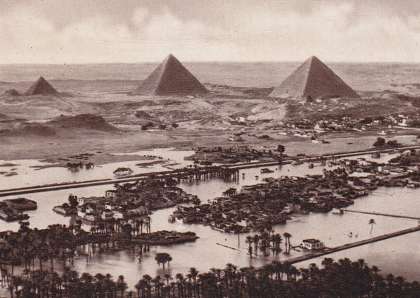
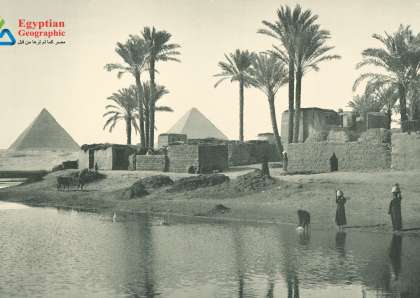

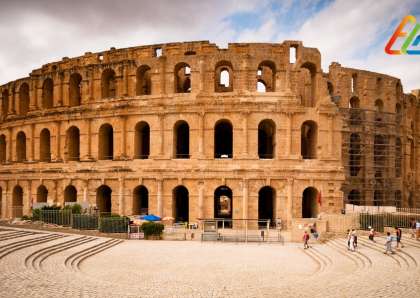
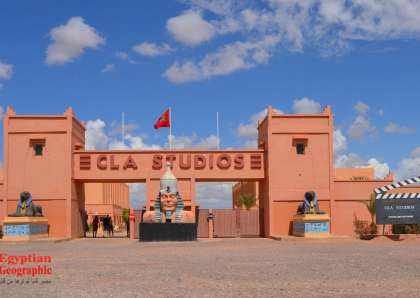
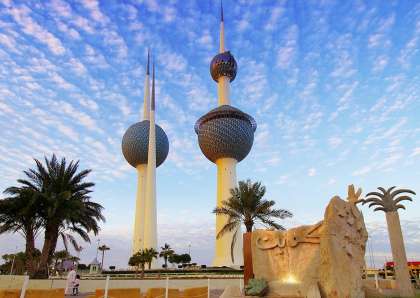
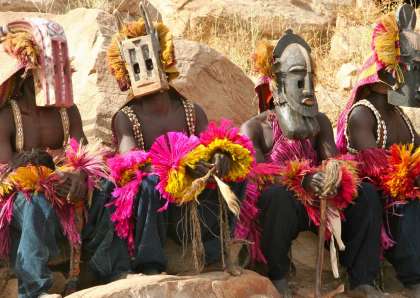


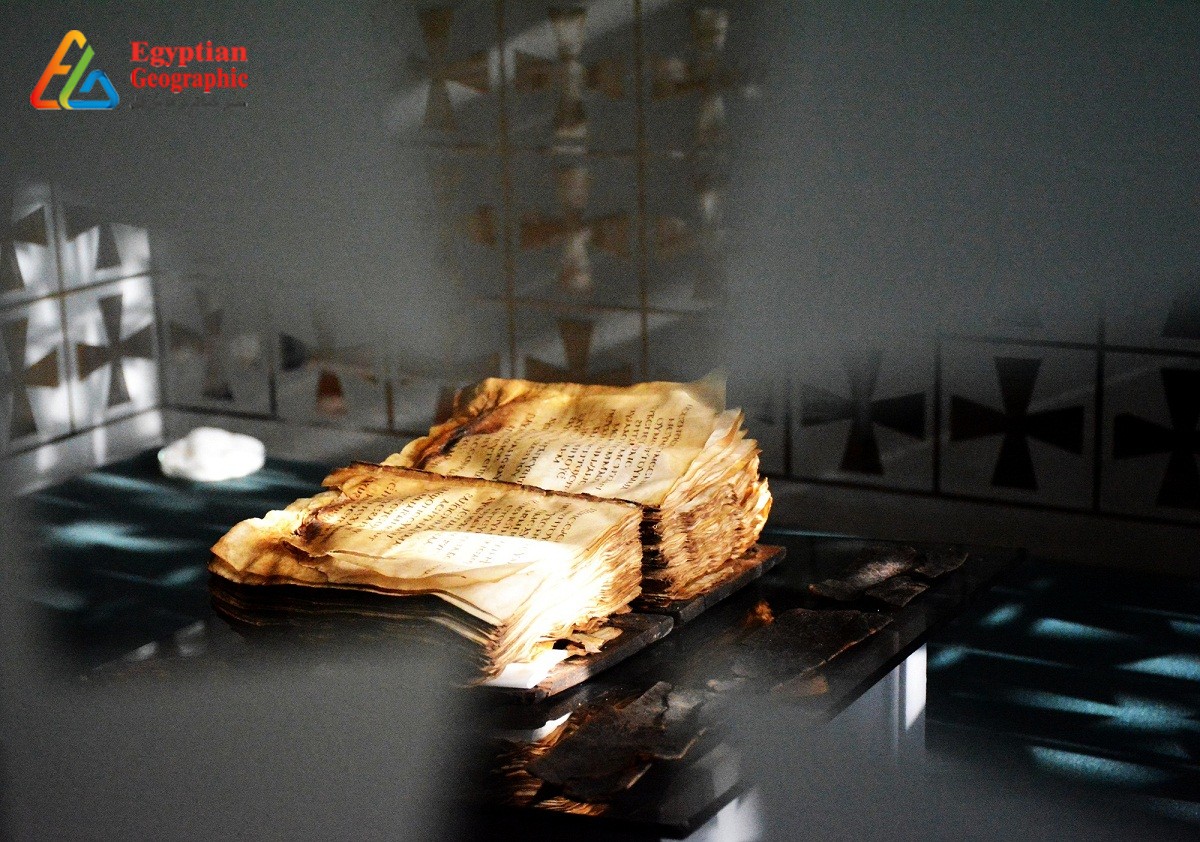







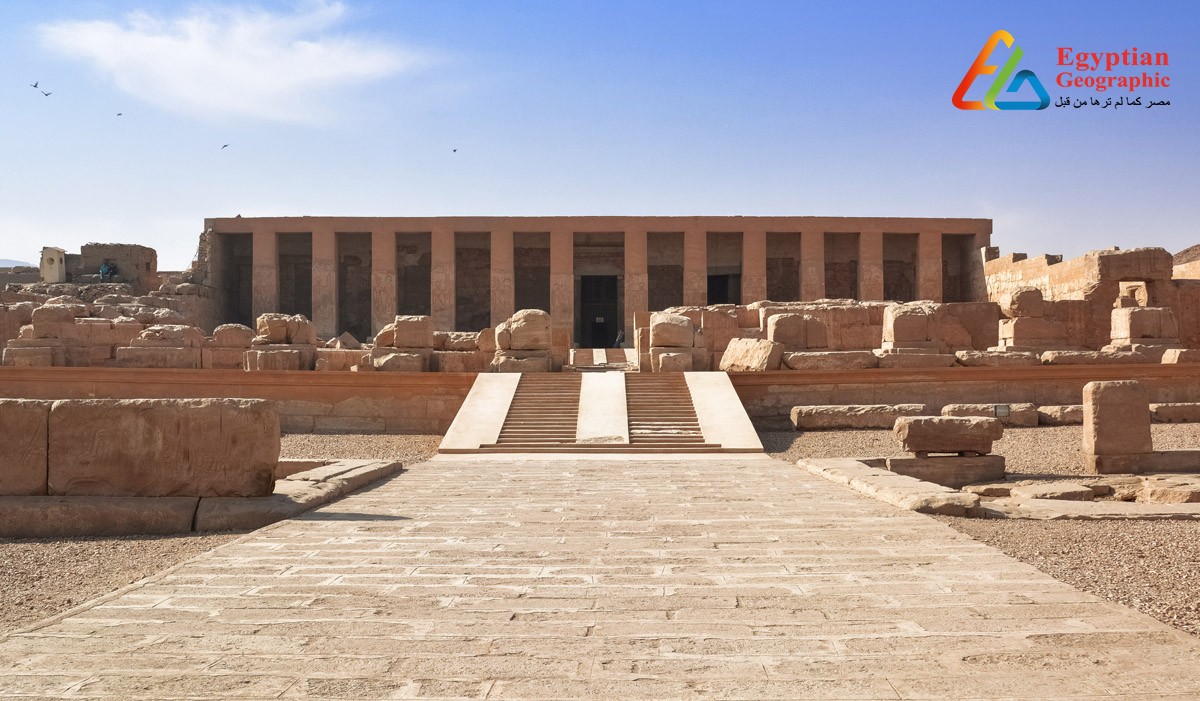
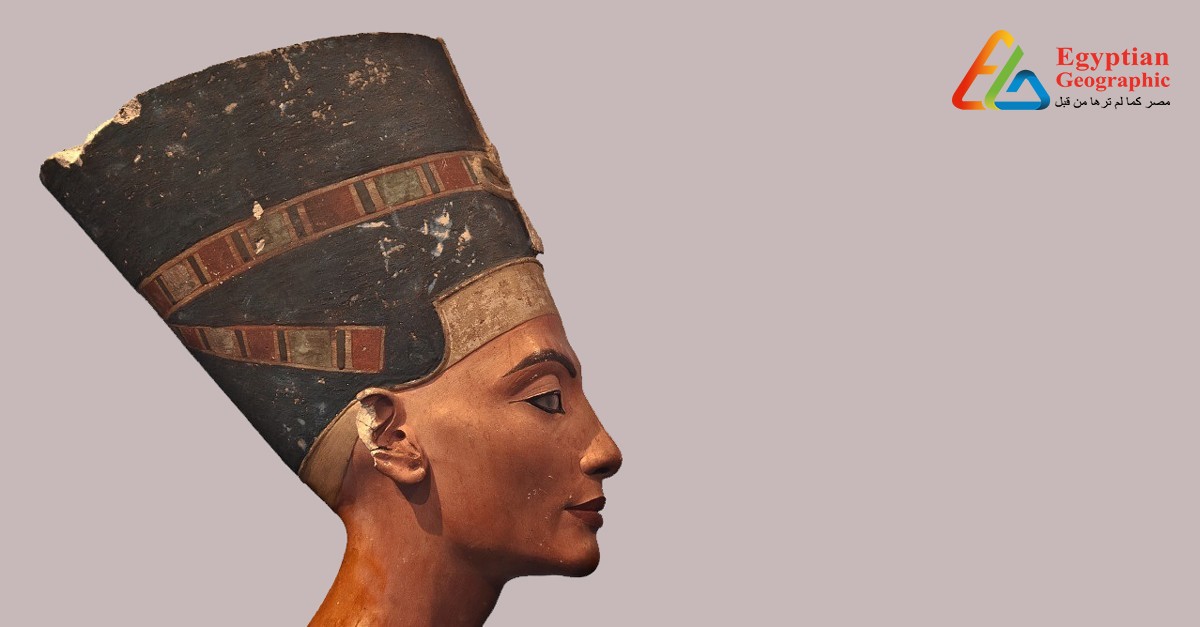
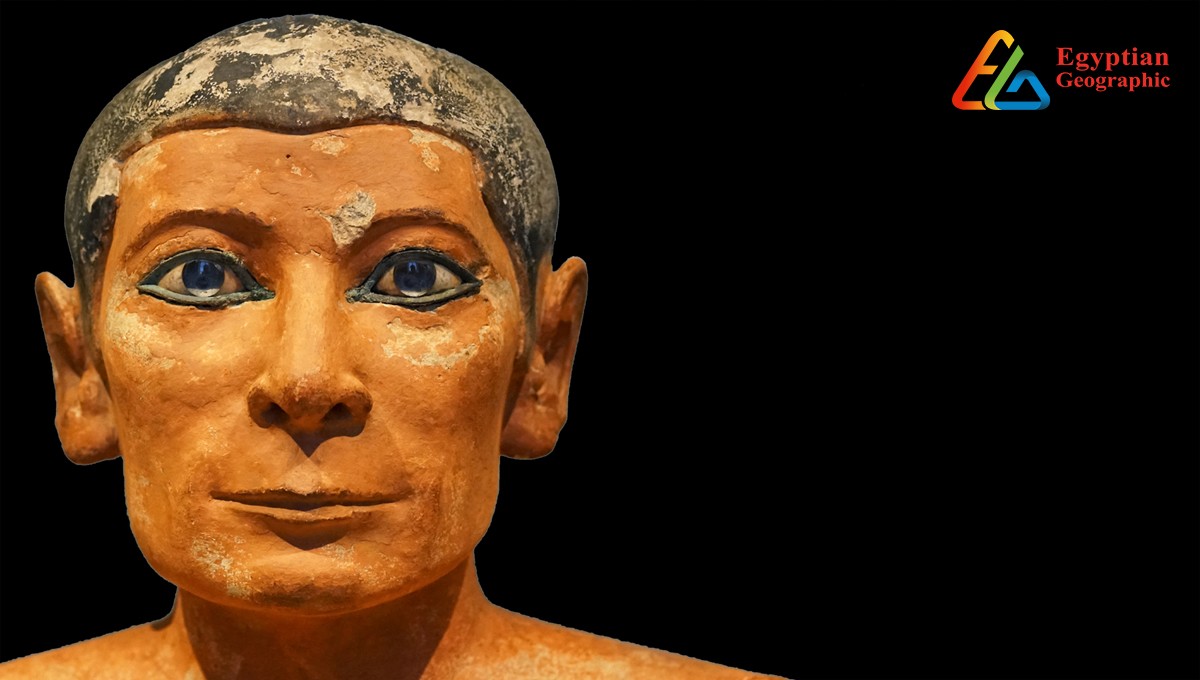

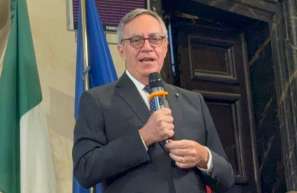










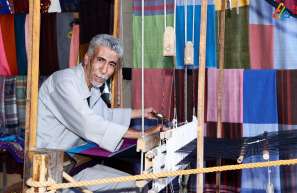
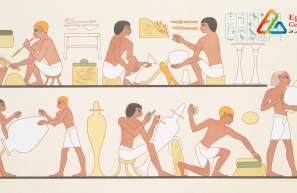
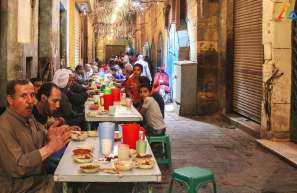











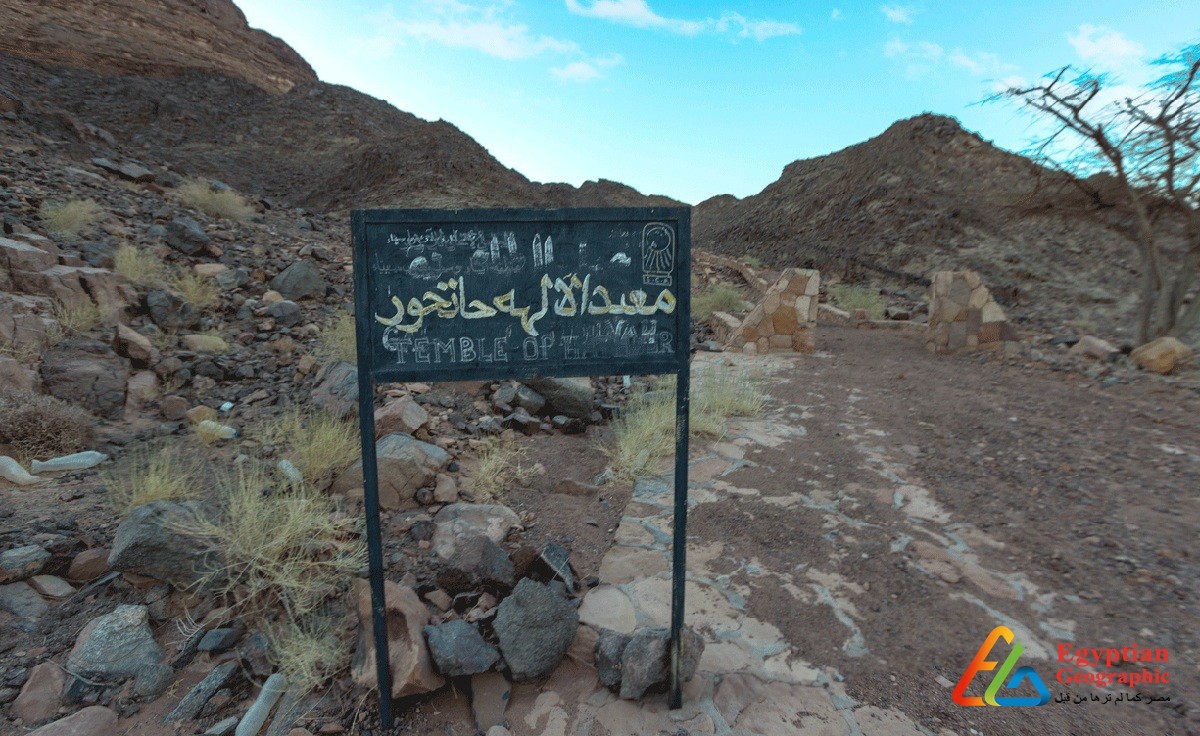
مجلة علمية معرفية وثائقية تتناول الشخصية المصرية